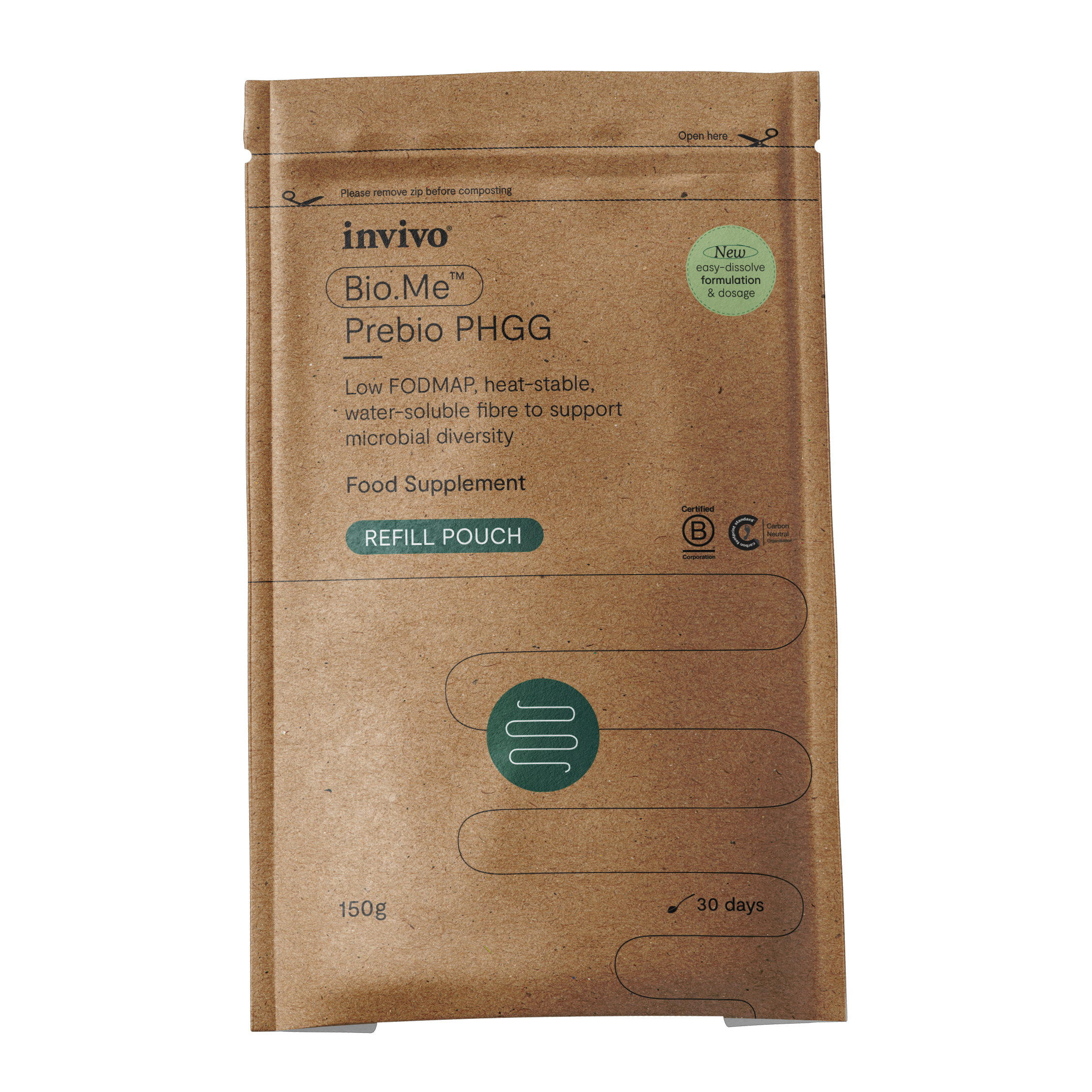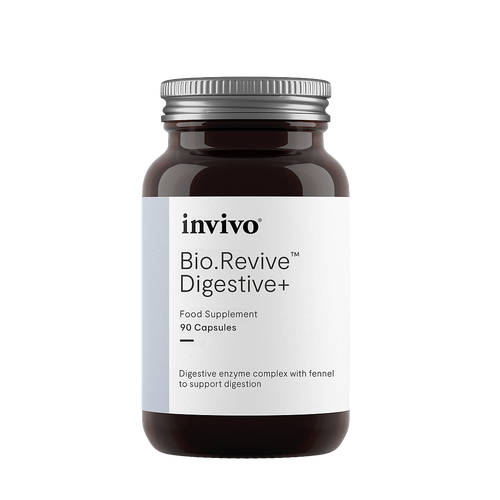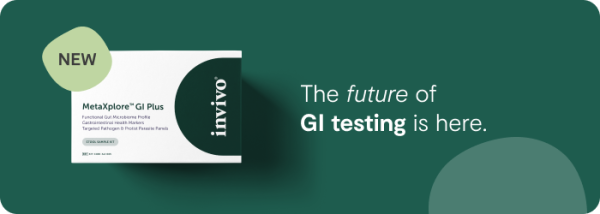Oestrogen Biotransformation | Introduction
Hormonal imbalances can heavily impact metabolism, mood, reproduction, stress regulation and weight management in men and women. Poor biotransformation of oestrogen has been linked with diseases such as hormone-dependant cancers, endometriosis, PCOS, and infertility issues, to name a few (1–3).
Oestrogen Biotransformation
Oestrogen is the name for the collective group of metabolites which play a major function in women’s reproductive function, and a minor one in males. There are three major forms of oestrogen: oestrone (E1 or acyclic oestrogen), oestradiol (E2), which is the most active oestrogen and oestriol (E3), which is a weaker form on route to excretion.
Oestrogen production is dependent on a complex negative feedback system in menstruating females. In men and post-menopausal women, it is mainly produced from the aromatisation of androgens. Oestrogen is metabolised through the liver before excretion. There are three different stages to liver detoxification of oestrogen, and every stage can vary slightly, resulting in a myriad of different metabolites that can have slightly different effects on the body.
→ More information on oestrogen biotransformation
The Gut-Hormone Connection
The oestrobolome is the collection of microbes that are capable of modulating the enterohepatic circulation of oestrogens. The gut-hormone connection is, therefore, a key area of exploration for any hormone-related condition.
An example of this is endometriosis, which is classically defined by the presence of endometrial glands and stroma in extrauterine locations. It is an oestrogen-dominant condition; however, it has recently been demonstrated that aside from hormonal regulation, both secondary (cytokines) and initial (lipopolysaccharide/LPS) inflammatory mediators are involved (4).
The research showed that an additive effect was observed between E2 and LPS on the proliferation of eutopic and ectopic endometrial cells, and the effect of E2 plus LPS on cell growth was markedly abrogated after pre-intervention with anti-TLR4 antibody (4). These findings suggest that E2 exhibits a pro-inflammatory response and that an immune-endocrine cross-talk between oestrogen and LPS in the pelvic ecosystem, creates an inflammatory environment, leading to the growth of endometriosis.
Clinical Considerations
Like many other systems in the body, research is increasingly showing that host-microbiome interactions are a significant piece of the puzzle in hormonal conditions. Therefore, considering oestrogen biotransformation routes, modulation of the oestrobolome, LPS clearance and liver support, and/or downregulating TLR4 signalling, are all important clinical considerations.




